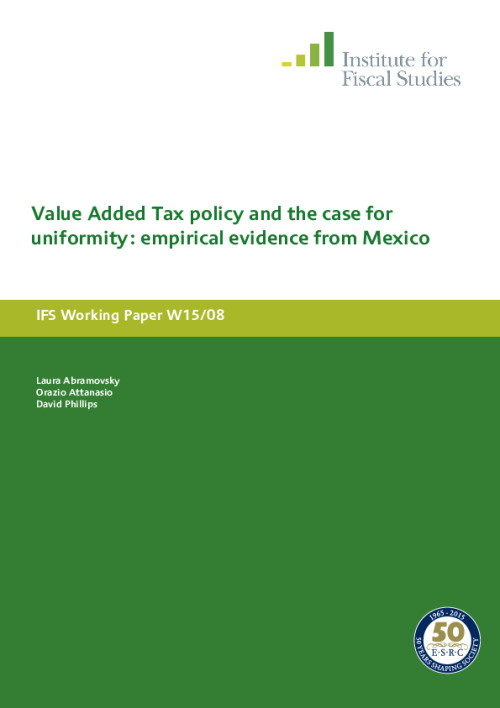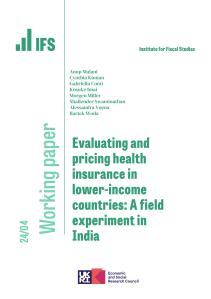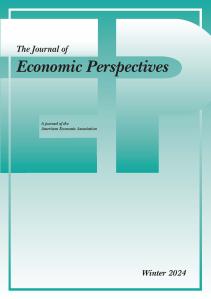Value added taxes (VAT) are an important, and in many cases increasing, source of revenue in both developed and developing countries. Unsurprisingly there is an intense academic and policy debate about the appropriate VAT rate structure, for both equity and efficiency reasons. In this paper we examine the distributional and efficiency case for VAT rate differentiation in Mexico, and analyse the effects of the 2010 reforms to Mexico’s tax system, making use of a tax micro-simulation model, MEXTAX.
The amendments to the initial proposed reforms were made to make the tax change more ‘progressive’. We find that, measured as a proportion of income or expenditure, poorer households did gain most from the amendments, but that the cash-terms gains were much larger for households with high levels of income and expenditure. In other words, the reduction in tax take from the amendments was weakly targeted at poorer households; even simple universal cash transfers would have been much more beneficial to poor households. This shows the distributional case for zero rates of VAT on goods like food is weak – especially given the growing sophistication of cash transfer programmes in particularly middle income countries.
We then examine the efficiency implications of Mexico’s VAT rate structure. We find that deviations from uniformity have a notable effect on spending patterns, but very little effect on aggregate welfare and economic efficiency as estimated by a standard QUAIDS model of consumer demand. We then argue that economic informality may actually provide an efficiency reason for lower rates of tax on goods like food for which informal production and transactions seem to be much more prevalent. This may turn the typical arguments about differential VAT rates on their head. Rather than being justifiable on distributional grounds, but entailing an efficiency cost, the reverse may actually be true.











